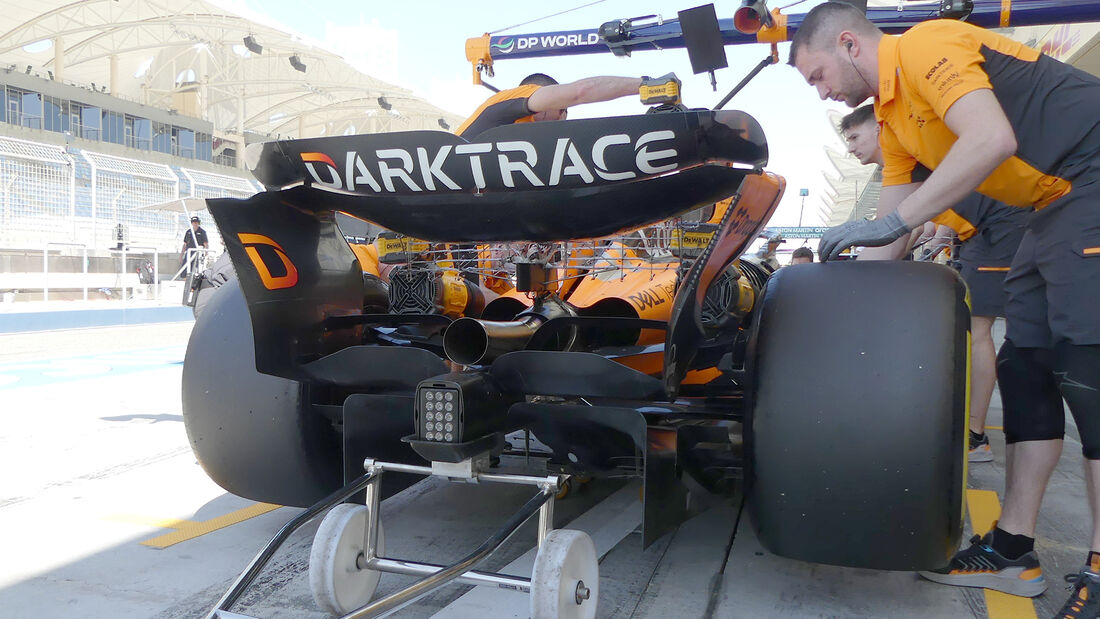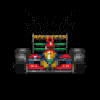For the first batch of results I've compared a typical scoop, U and V shaped wings. V shape was used mostly by Ferrari in 2022 for their mid-low-level wing and is no longer present. All 3 simulations were exactly the same, 50m/s (180 kmh) at 0m altitude and half-model was simulated - meaning simulation of the flow at 0 degrees yaw.
All 3 geometries have the same foil at the symmetry plane and tips as well - and those two foils are also the same, but put at different angles. This is not quite according to the geometries used by teams (at the tips the foils are much less cambered and much thinner), but for the first run I wanted to introduce the least amount of variables. As such, you'd expect limited differences in geometry mean limited differences in results. This turned out to be the case, which is quite pleasing since this means we established a solid base for further simulations and explorations.
FRONT VIEW

Here we see the basic shapes of 3 different wings. It's immediately clear that the tip foil is too thick, but it was a known choice. Frontal flap plots are practically identical, which leads to a simple conclusion - spanwise foil AoA has almost no influence on frontal flap pressure distribution. The biggest difference is the amount of trailing edge top surface visibility, this directly increases drag. Scoop and U wing are almost the same, while V wing has significantly smaller area visible.
REAR VIEW

Due to small differences in AoA in centre section, there is a bit more separation on the flap trailing edge in the middle of the V wing, but as we can see from pressure plots it made little to no difference, so we go with the flow and take it as it is
ISO VIEW



All 3 wings have fairly similar flow patterns on the top surface, as well as underside. This suggest that the spanwise shape is less important than foils and their angles, which tells us we can't make direct estimates over performance of different wing designs. We can have a rough idea based on overall frontal area comparison, but we must also note the AoA of the main plane because smaller angle means less drag even if the frontal area is almost the same as another wing.
Here are the downforce figures (wings only, endplates excluded) at 50m/s
Scoop: -L=1805 N, D=390 N, L/D=4.63
U: -L=1820 N, D=392 N, L/D=4.64
V: -L=1750 N, D=368 N, L/D=4.76
There's very little to chose from the way Scoop and U wings were modelled, while V wing is notably more efficient even with unoptimised tip foil geometry. For this reason, my next step will be to draw thinner tip foil and redo these basic simulations and then we can again compare these results.
Until then, a question - why did I exclude endplates from downforce figures?







